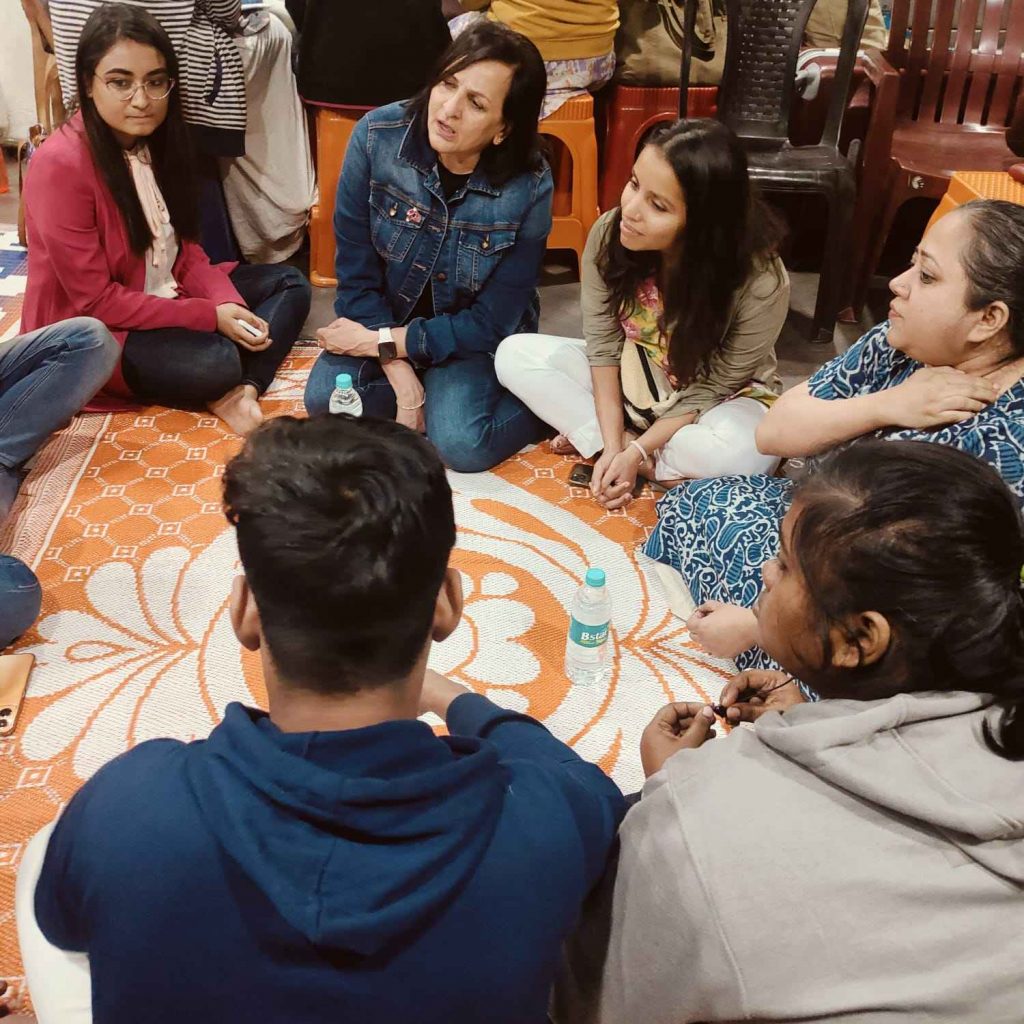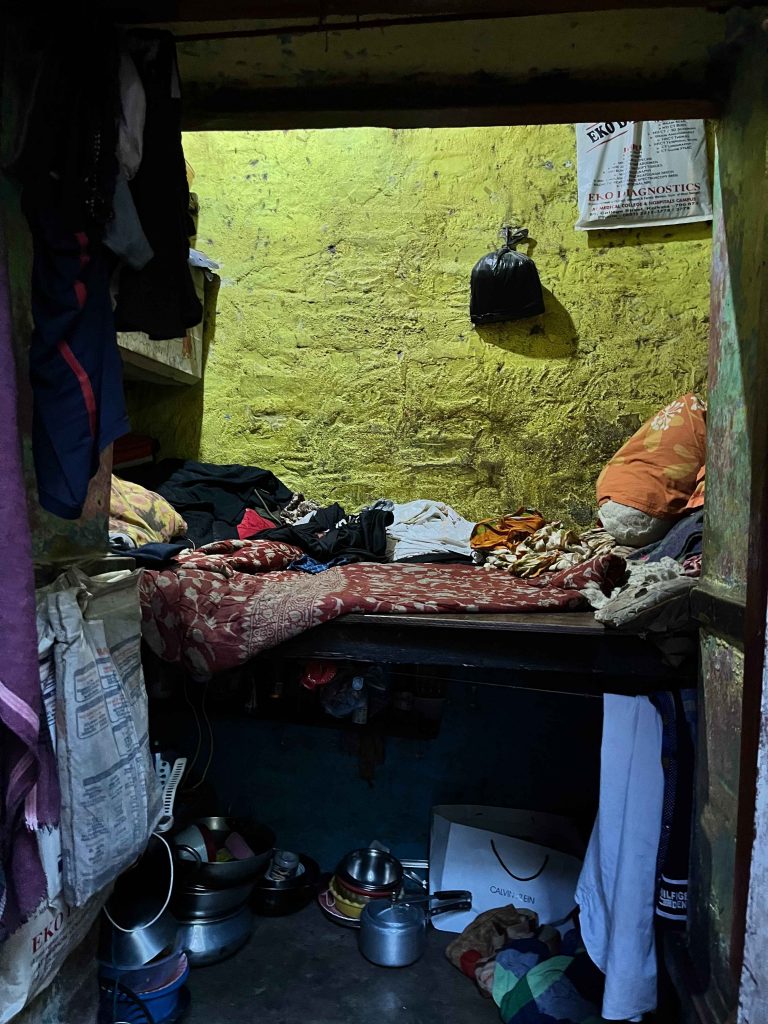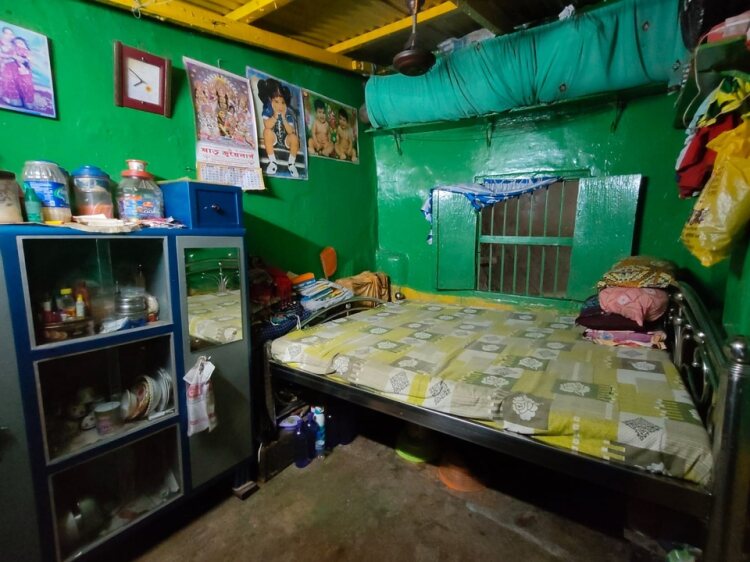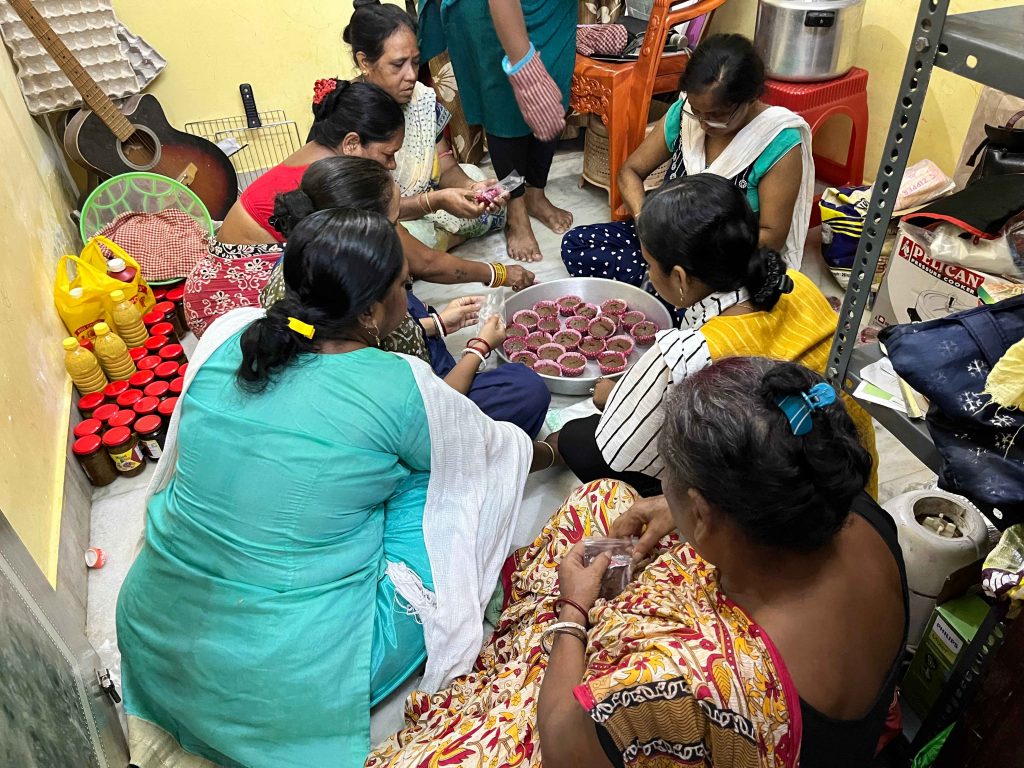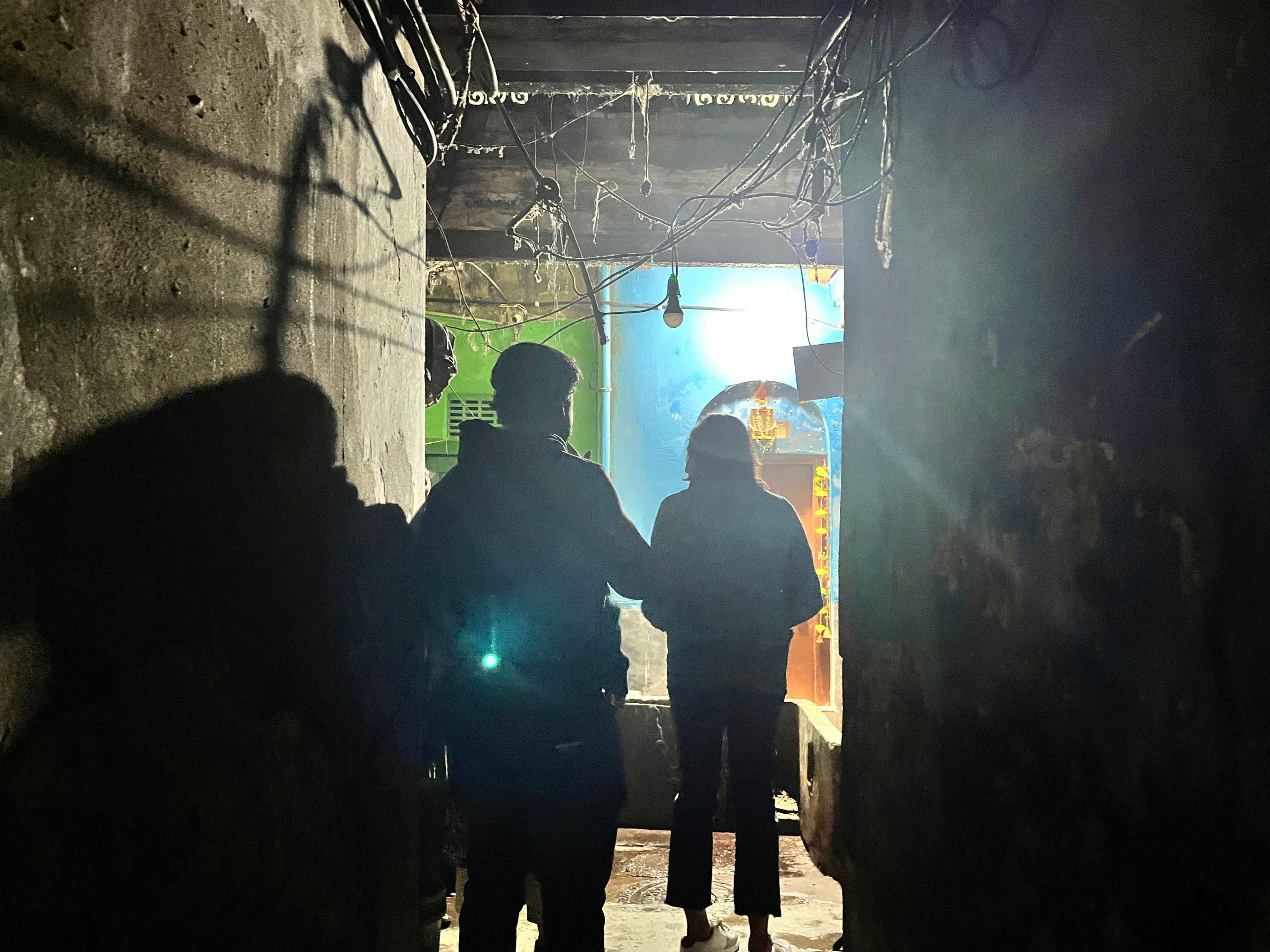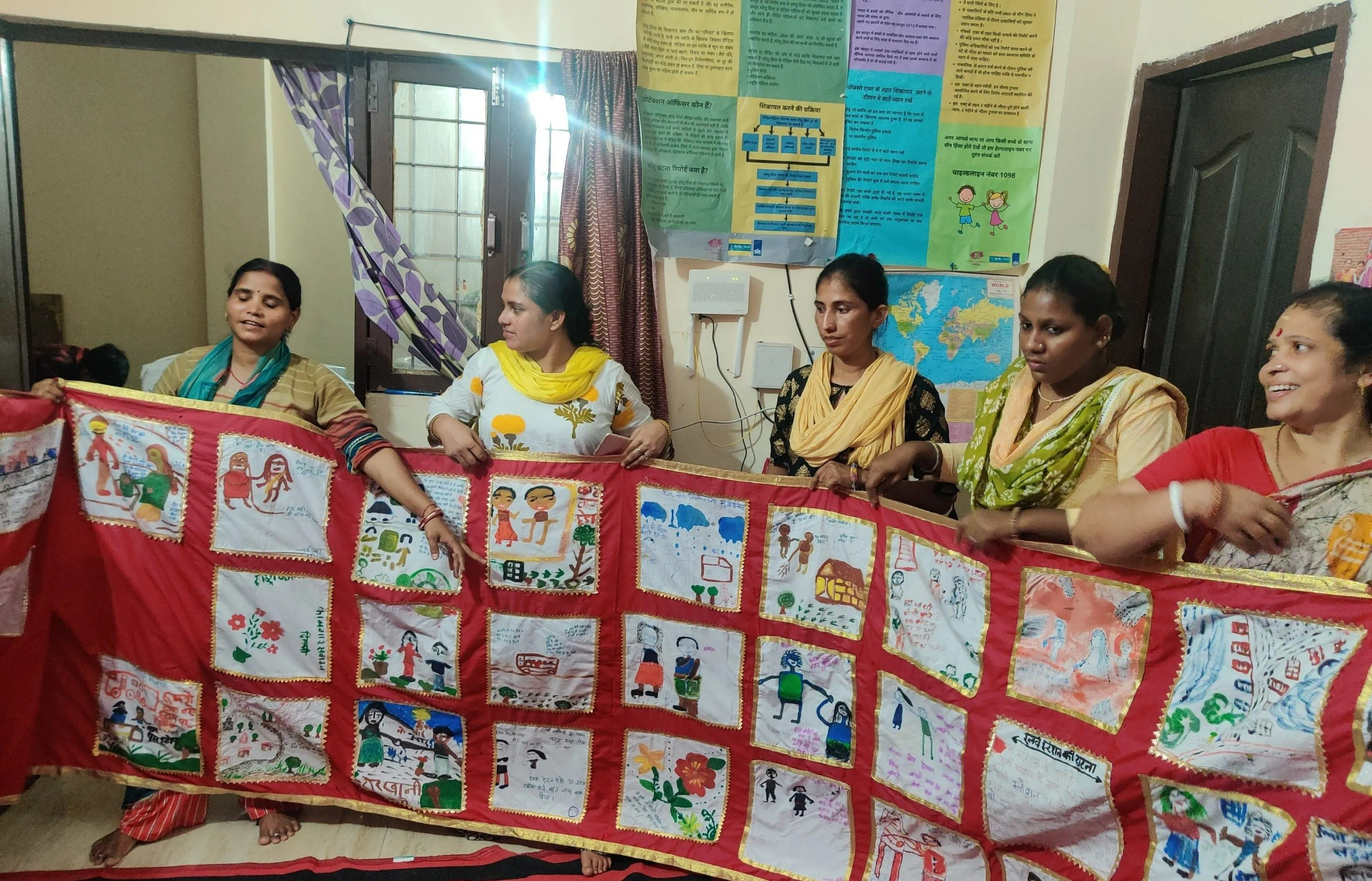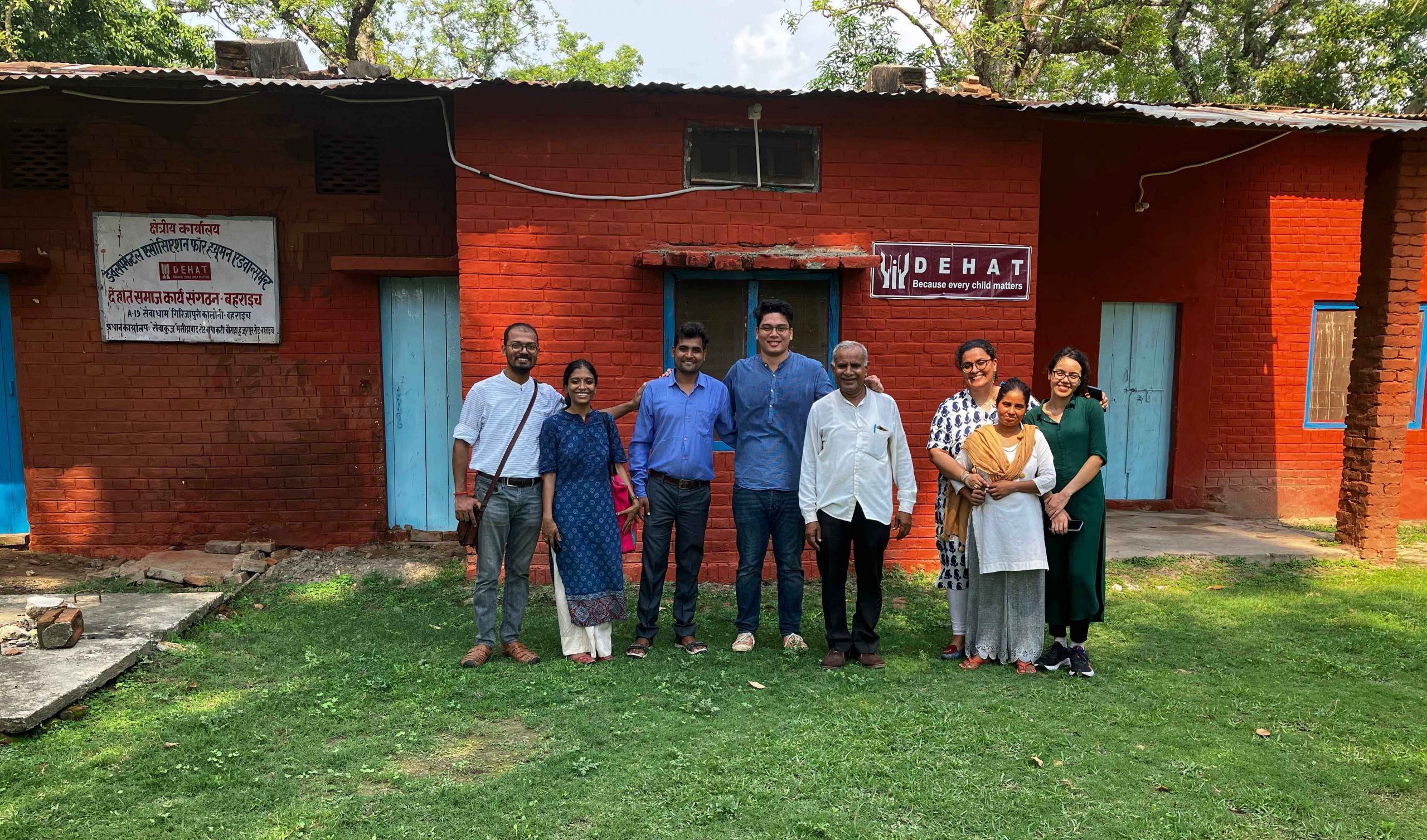After a severely delayed flight, I arrived in Kolkata—a city that had been on my bucket list since a long time. The clock read 5:30 pm, and the evening darkness settled in, accompanied by a noticeable chill. Navigating heavy traffic, we reached Sonagachi, the largest red-light area in Asia, since 150 years.
Every step I took that day served as a stark reminder of my privilege of choice, unlike the women we met at Sonagachi- with little choice except to be wrapped in a labyrinth of despair. By 6:30 pm, I entered a community club—an old and dilapidated social space for men—equipped with few gym facilities. Upstairs, amidst the loud and cheerful atmosphere, young boys and girls were studying under the supervision of teachers. Inside a humble room, we were met with warmth and kindness, as if these small spaces held the hope of an entire community
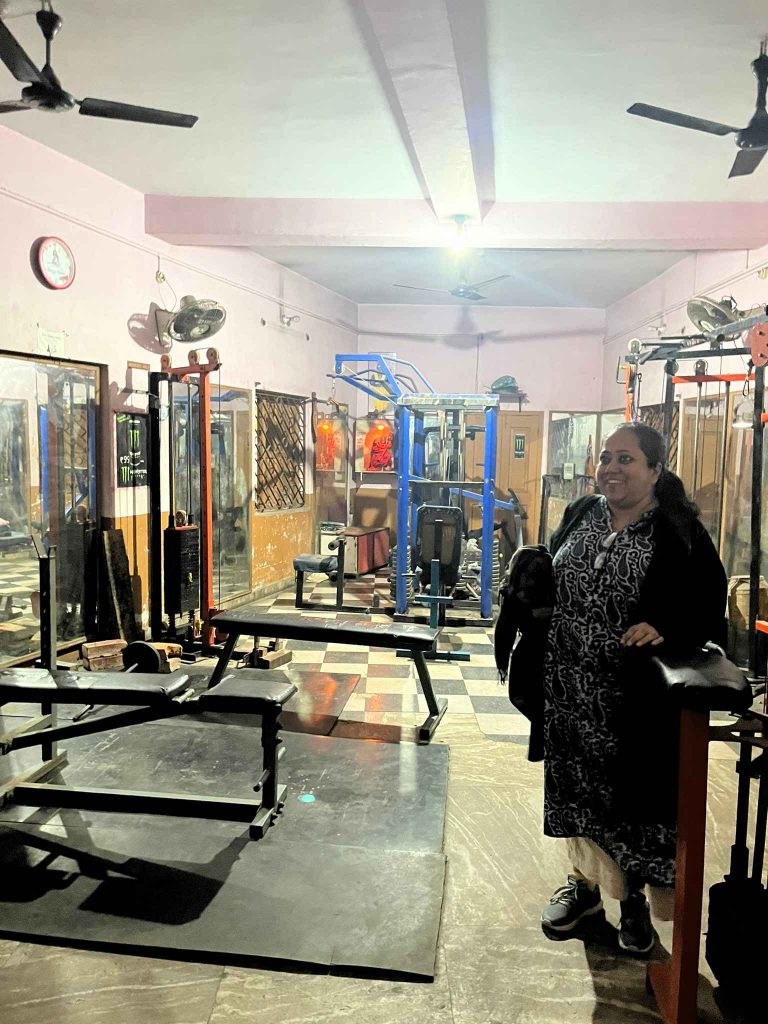
The club
Diving deep
In the depths of Kolkata’s red-light areas, home and workplace are the same. When an infant cries from under the bed while the mother is attending to a customer, she resorts to mixing alcohol into their milk—a tragic precursor to a life of early addiction and exposure to exploitative sexual activities.
Working in the red-light area presents significant challenges. South Kolkata Humari Muskan (SKHM), a non-profit organization working in Sonagachi since 2011, began by convincing the locals that they were a child protection organization dedicated to educating the children of sex workers. Community clubs, often controlled by mafia, serve as the safest entry point into this area. They started by working with kids, providing them a safe space for education and counseling. Soon, they realized that to break the cycle, SKHM needed to work with the mothers. The children’s daytime education would amount to little if their mothers were not supportive and understanding at night. They also realized that a sustainable, alternate source of income is critical to the women’s journey out of sexual slavery. Thus, SKHM expanded its efforts, in training these women on livelihood opportunities such as candle making, jewelry making, and catering.
The next generation
I interacted with young adults around 16 to 18 years old who were studying in college. While some aspired to be journalists, bankers and zoologists, there were a few who wanted to be an accountant just like me. I was struck by how smart and articulate they were. They spoke fluent Hindi and Bengali and were enthusiastic, articulate, passionate as well as empathetic when talking about how SKHM had influenced their behavior, making them resilient against inhumane treatment. The most commendable part was that these children had the strength and resilience to fight against the tide on a daily basis – to pursue their hopes and dreams and not succumb to their surroundings. This to me was the most critical contribution that SKHM had made to the lives of these young adults.
The tale of ever changing ‘fathers’
An interesting thing to note was that these children often cited interactions with their ‘fathers’ during our conversation. This had me perplexed. Upon asking the NGO leaders, they shared that these children, like everyone else, craved an emotional connection and traditional family structure. While most did know their biological fathers, they sought out father figures in their mother’s clients.
Women Power
I next met the mothers, victims of sexual slavery, who had taken out time to meet with us despite it being their peak working hours. While language was a major issue, the room received the loudest cheer when the women (formerly associated with sex work) were asked if they supported each other. They explained how each of them played an integral role in pulling themselves out of sex work and poverty. They came to the SKHM center for alternate livelihoods and, upon experiencing its impact, encouraged other women to join as well. The sense of sisterhood was very much integrated in the conversations.
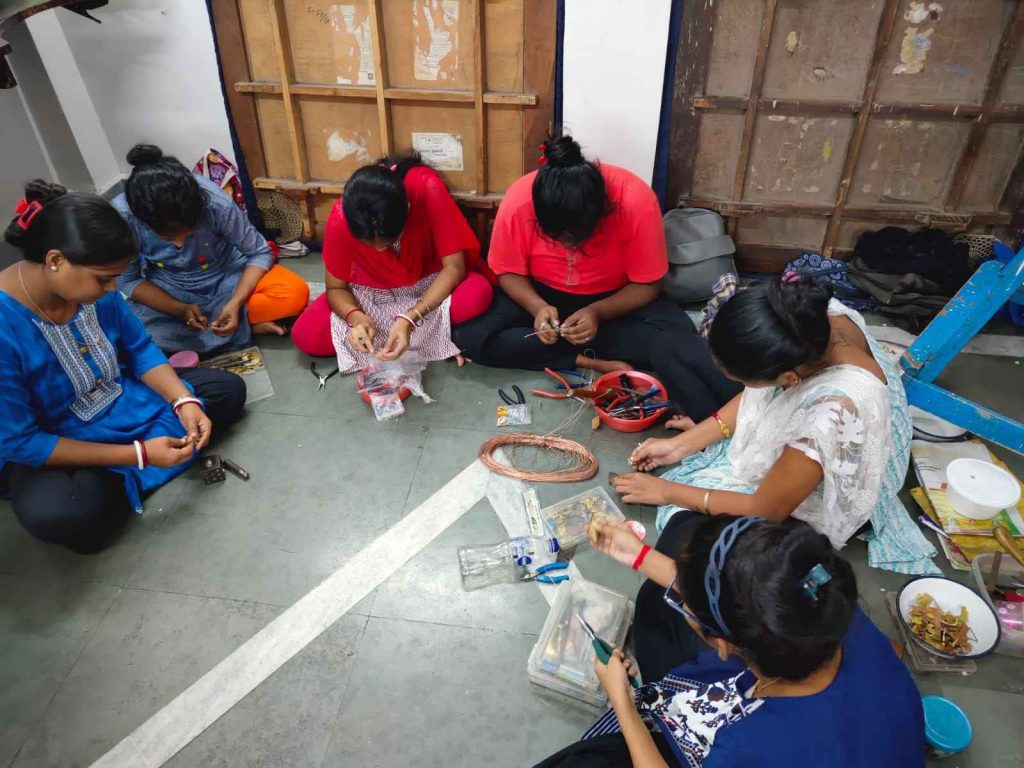
Alternative livelihood for sex workers
I had always thought that the only solution for these women or children was to help them move out of the red-light area, but I realized I was wrong.
Only a few of them wanted to move out, majority of them felt safe staying back in their homes. In their experience, the outside world had been quick to judge and stereotype them. The few who did want to move out, preferred returning to their ancestral villages rather than leaving the red-light area within Kolkata. They did not want to stay in the city that had trafficked or humiliated them.
My key takeaway from this visit was that true impact cannot be measured from the perspective of a funder but from the eyes of the community.
More funders should venture into the field to hear from the community. I walked into this interaction thinking that moving out of the red-light area should be the measure of success for this NGO. I left that night realizing that staying in their own community and building an alternative livelihood is what these women wanted and how they measured success! It is important for us funders to accept and take solace in communities carving their own definition and pathway to success.
Streets of Sonagachi
Trafficking. It is the one word that never fails to conjure up images of young women dotting the streets of red-light areas in crowded Indian cities, soliciting sex. Yet, the experience was far worse than I ever imagined.
We ended our evening with a walk on the dark lanes of Sonagachi. It was late evening, the prime time for sex work, so we were cautioned to be careful. The streets were filled with bouncers looking at us strangely. As we walked through the narrow lanes, the stench from the open toilets and bathrooms was overwhelming. The washrooms had no doors or curtains, continuing to demonstrate the lack of dignity these women faced daily.
The houses were around 150 years old, and although old and dilapidated now, if you looked closely, you could see the beauty in their architecture. If you listened closely, you wondered about the stories the walls could tell. Each room measured roughly 50-100 square feet, accommodating six residents. The beds were typically raised, providing limited space beneath them for storage of utensils and other essentials.
What haunted me was the realization that the confident and bold young adults I earlier met at the center had to return to these rooms every night.
They had to sleep beneath the beds while their mothers entertained clients above, often even protecting themselves from the unwanted touch of their mothers’ clients. Alternatively they could wait outside the whole night, and regardless, had to resume “normalcy” and attend college the next day. The long-term mental health implications of the duality between the streets of Sonagachi and the outside world that these children have to navigate on an everyday basis continues to consume me.
It was 9:30 PM as I made my way to the hotel. The lanes of Sonagachi were awake and bustling with anguish and hope. My heart was heavy with the stories I heard, and my mind was etched with those images of dark lanes. This is an experience that I will never forget!
